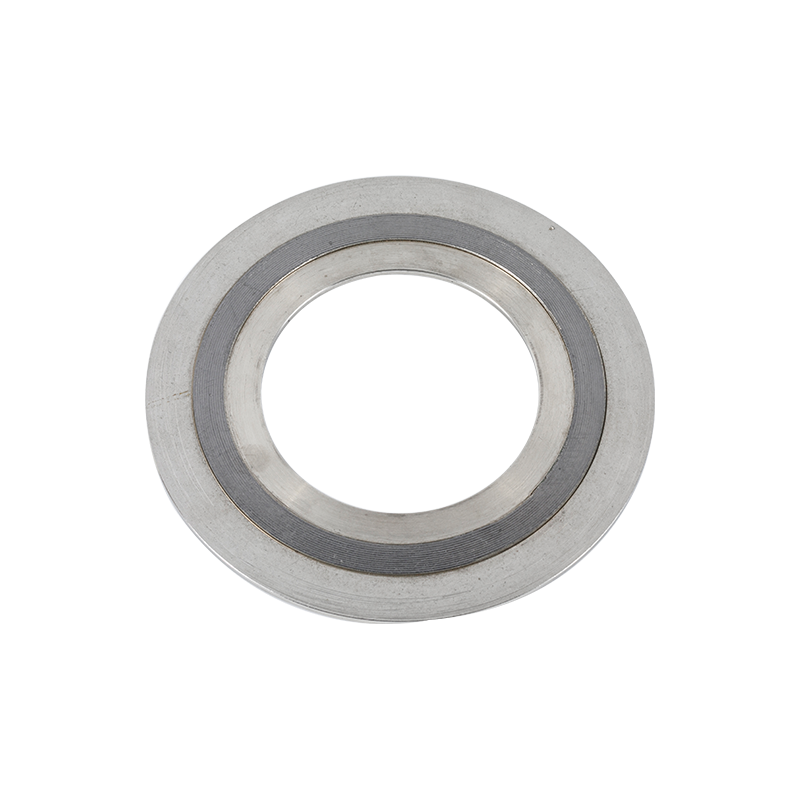Before purchasing metallic flange gaskets, you should know a little bit about them. You will need to know the difference between different types, including PTFE and Kammprofile. The differences between the two materials are outlined in the following paragraphs. Read on to find out what they are and why you should choose one over the other. Listed below are the most common types of metallic flange gaskets.
Camprofile
Metallic flange gaskets come in many shapes, sizes, and materials. Most have a metal core with concentric grooves on both sides. There are optional outer rings that can be used to provide additional sealing and protection. Camprofile gaskets are highly effective for sealing high temperatures and pressures as well as fluctuating process conditions. They can also be used without any sealing layers if the application requires it. These gaskets are excellent for standard pipe and heat exchanger applications.
The metal tips of camprofile gaskets are centered on raised assemblies. This helps the gasket center itself. Typical properties include being resistant to temperatures up to 840 degrees Fahrenheit and 5,000 PSI of pressure. Camprofile gaskets are suitable for many applications and can be reused. After use, they can be cleaned and inspected, and re-faced with new sealing material. This is particularly important for heat exchanger gaskets.
Type SRX
Designed for use with Subsea Wellheads, the SRX and SBX gaskets are the same as their more traditional counterparts. They are made according to the API 17D standard, and they can be used for similar connectors. In addition, the ring gaskets have cross-drilled holes to Spiral Wound Gaskets manufacturer prevent liquid from becoming trapped between the ring groove bottom and sealing area, preventing entrapment and interfering with the proper make-up of the equipment.

These types of gaskets are designed to withstand higher pressures and temperatures. They are available in two configurations: the Oval Type and the Octagonal Type. Both types of gaskets are interchangeable for flanges with the same bolt circle size and number of holes. These types of gaskets are suitable for flange assemblies at high pressures. They should not be torqued when fitting into a flange.
Kammprofile
There are various types of gaskets. Kammprofile metallic flange gaskets are composed of a solid metal core with concentric serrations. In addition, the gaskets can have a sealing layer made from PTFE, CAF, or graphite. They can also be used without sealing layers if the application calls for it. These gaskets are designed to withstand high temperatures and pressures.
Kammprofile metallic flange gasket's core is composed of a solid metal core with a soft sealing material on each face. The filler material forms a low-stress seal between the mating surfaces of the flange and is resistant to tearing and delamination. Serrations are a feature of camm gaskets, which minimize the lateral movement of the facing material and enhance its sealing performance.
Another unique feature of the Kammprofile metallic flange gasket is its thin working thickness. This feature helps it to perform well in different seating stress levels, reducing reject rates and environment pollution. Furthermore, the gasket's core is reusable, reducing the risk of damage to the flange. This also reduces the need to have a special flange finish when installing it. They are highly reliable and will help you save on costs while meeting the requirements of your application.
Type PTFE
Type PTFE metallic teflon ring flange gaskets are a versatile option for sealing high-pressure flanges. Their flexible design allows them to be fabricated to any required configuration. Despite their high-pressure capabilities, these flange gaskets also provide excellent thermal conductivity. In addition, they are cost-effective, especially when correctly bolted.
Unlike metallic flange gaskets, which are usually brittle and require constant lubrication, the spiral wound type of PTFE gasket offers good temperature and pressure cycling resistance. Its thin, microcellular design can prevent creep and cold flow. Moreover, the combination of PTFE with glass filler makes it an excellent choice for flanges that are prone to waviness. In addition, the PTFE outer ring provides excellent resistance to vibration and shock.
Other types of PTFE metallic rheological gaskets include Cammprofile, which is also known as grooved metal gaskets. These are used in heat exchangers in the oil and gas industry. Compared to jacketed flange gaskets, Kammprofile gaskets are more durable and reliable. They feature a stainless steel metal core, flexible graphite filler, and are easily replaceable. These gaskets also feature improved sealing and reduced flange maintenance.


 English
English
 中文简体
中文简体












